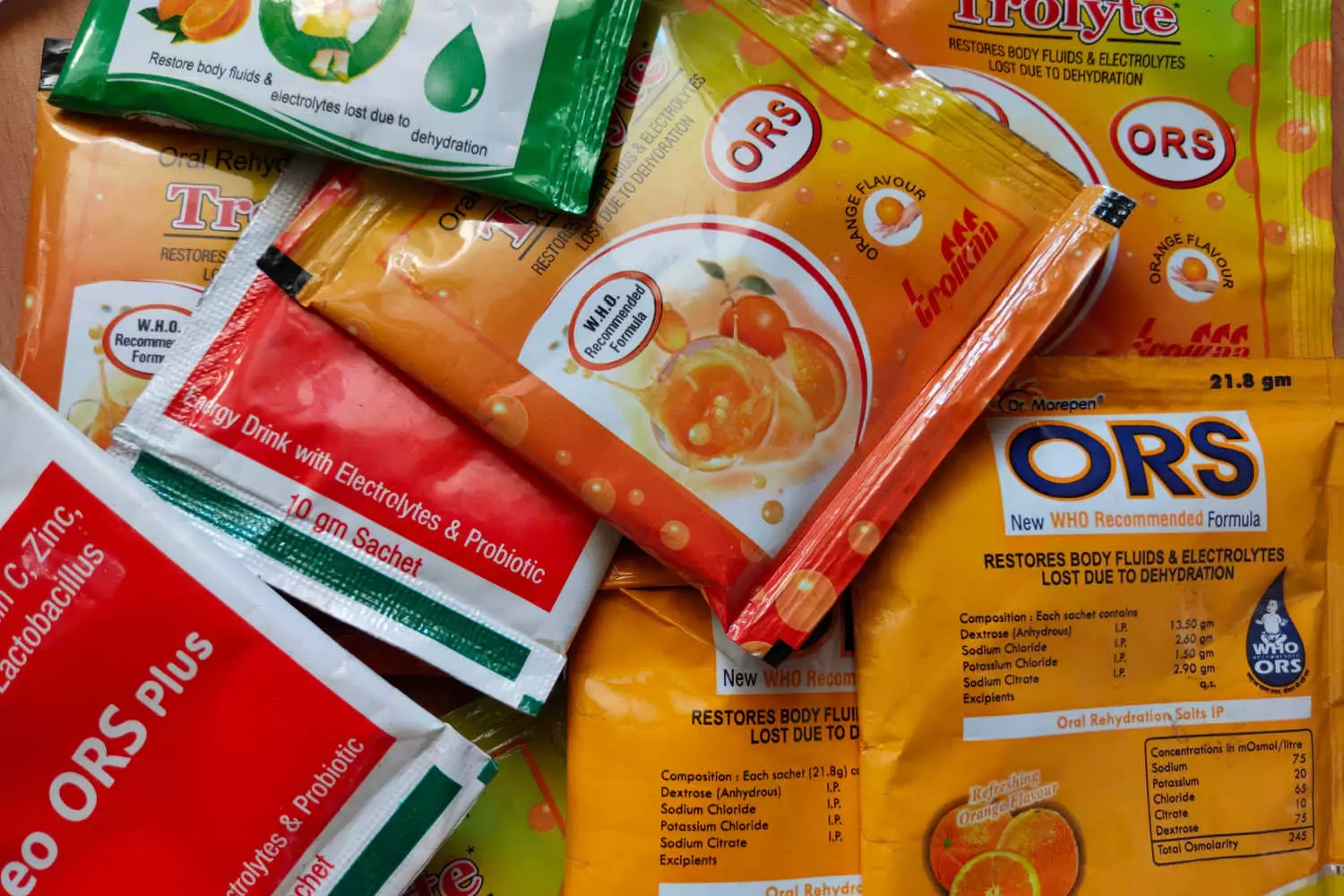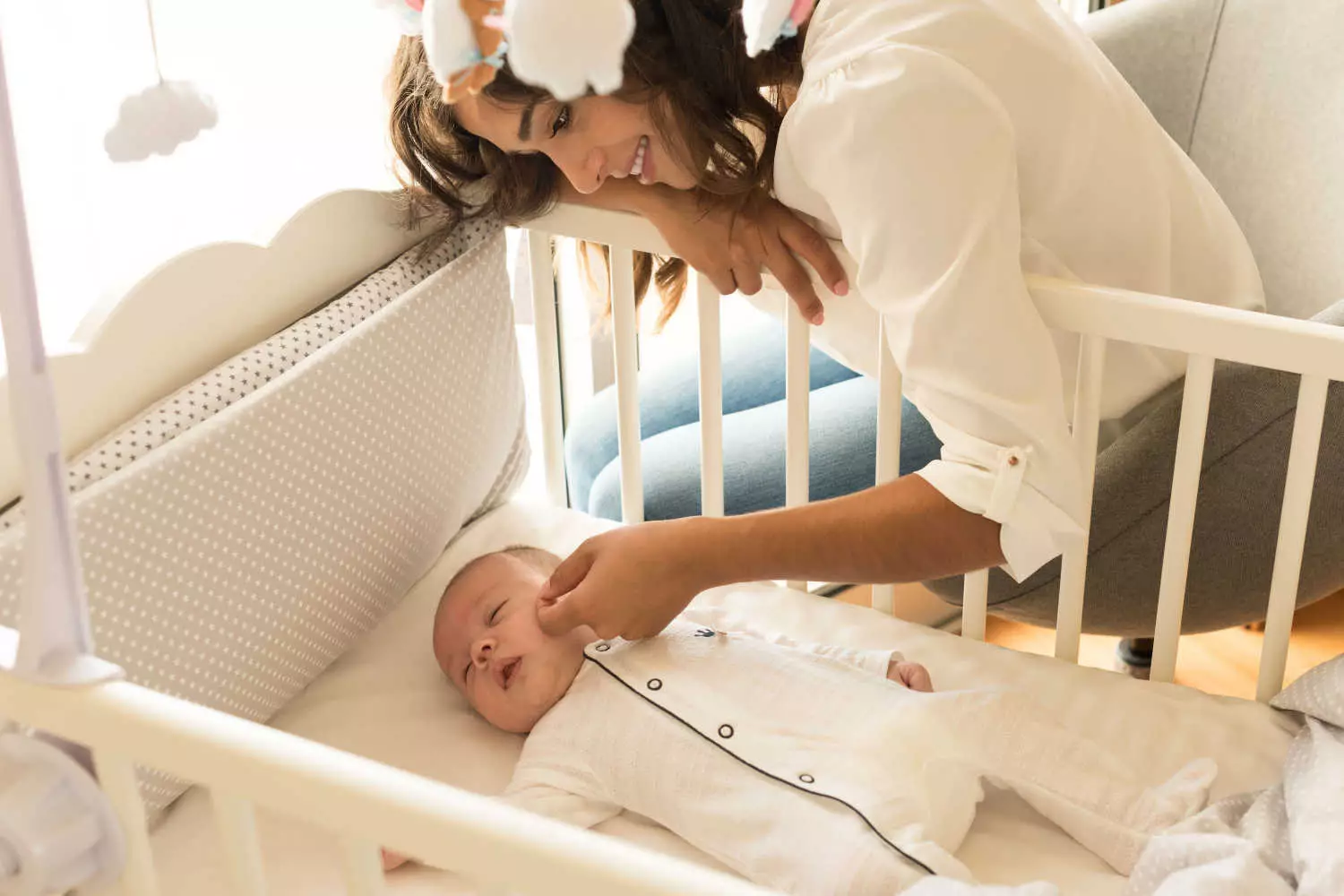
Dr Lathiesh
Dr. Lathiesh Kumar Kambham is a Neonatologist and Paediatrician with over 12 years of experience. He has a special interest in the management of birth asphyxiated babies and extreme preterms and ha More
Reviewed by Dr Lathiesh MBBS, MD (Pediatrics)
DM (Neonatology), Lead Neonatology and NICU Services
Aster Women & Children's Hospital
17 years of experience

Dr. Lathiesh Kumar Kambham is a Neonatologist and Paediatrician with over 12 years of experience. He has a special interest in the management of birth asphyxiated babies and extreme preterms and ha More
Written by Suma R P


With significant development in medical science, there has been a considerable decrease in neonatal mortalities and morbidities. A well-equipped neonatal transport is one of them. It has helped many babies come out of life-threatening emergencies. What is neonatal transport? The process of transport of critically ill newborn to another treatment-equipped place is called neonatal transport. It is a form of transport that helps sick babies get the proper treatment on the move at the right time with all the equipment needed.
Newborns are sensitive, and sick neonates are much more vulnerable to catching infections when exposed to the outer environment. Hence, the process of neonatal transport demands a set of experts trained to deal with extreme conditions that a baby may face. The government has taken a huge step of establishing Special Newborn Care Units (SNCU) and Newborn Stabilization Units (NSU) in many districts. Babies who face complications beyond this are transported to another equipped place. This article lays down the basic guidelines and provides information for new parents on Neonatal transport in case of newborn emergencies and for premature babies.
In This Article
Here we list the various conditions under which a newborn may need neonatal transport.
[Read : Common Health Issues of Premature Babies]
There are different types of neonatal transport.

Newborns are very tender and require special treatment. Sick neonates are more vulnerable to catching infections. Hence, it is vital to take proper precautions before neonatal transport.
It includes a few mandatory steps and arrangements in the vehicle, trained nursemaids, and fellow doctors to look after the baby carefully during the transportation.
Carrying a sick baby also calls for an emergency trained doctor who knows to incorporate CPAP and emergency cardiac troubles. Here are a few steps on how to prepare a baby for neonatal transport.
Keep your communication with the specialists of the destined hospital. Keep the parents and doctors informed and update the baby’s condition once you reach the destination. NICU specialists must have prior information about the baby’s arrival to keep the equipment ready for the treatment.
Maintaining an optimal temperature before transferring a sick neonate is as vital as giving critical care treatment. Since they are especially vulnerable and many neonatal mortalities occur due to improper temperature maintenance, providing the right temperature is mandatory.
Temperature-controlling transport incubators may help during neonatal transport. Kangaroo mother care and skin-to-skin contact can also help babies stay warm if the transport incubators are not available. Using polythene covers or polystyrene (thermocol) boxes is an ideal way to maintain warmer temperatures for the baby.
[Read : Kangaroo Mother Care For Newborn Babies]
For hypoglycemic babies, it is vital to correct the sugar levels before transport. Check and monitor the sugar level before transferring the baby into the vehicle and try to balance it beforehand. Check the blood pressure and heart rate. Analyze and note if the baby is on any cardiac medication and keep them ready before transport.
It is important to examine the airway openings in sick babies with severe respiratory distress syndrome. Keep the ET intubation ready before moving the baby into the vehicle.
It is fine if the baby is ready to take the breast milk, but it is more ideal to put a sick neonate on intravenous fluids than breastfeeding. However, if the baby is fine with breast milk, controlled spoon feeding along with IVF can be helpful.
[Read : Spoon Feeding a Newborn]

It is vital to organize a neonatal transport system well before moving the baby into it. There are a few points to look into and organize a proper neonatal transport system.
Well, this is the first and foremost step before moving the baby into the vehicle. Ensure to check and note the Sugar, Temperature, Artificial breathing, Blood pressure, Laboratory work, and Emotional support (STABLE). Correct the abnormalities like hypothermia, hypoglycemia, and oxygenation before transport.
Here are a few vital needs that a neonatal transport system needs.
Some medical experts and staff that a neonatal transport must include are
It is vital to have mini emergency care and to build a mini NICU with all the required equipment to treat the baby during transport. The baby may need all this and sometimes more like emergency care during transportation. Along with the emergency care trained nurses, anesthetists, and specialized doctors, one of the parents or a family member must be allowed during transport.

Here are some care and precautionary steps to take during neonatal transport.
There are a few situations that may require special precautions during transport.
It may be overwhelming to see your baby being taken away from you right after birth, especially in an ambulance. But parents and family must understand that the staff and the neonatal specialists work on helping the baby thrive and stay healthy.
Neonatal transport is a safe way to shift the baby to an exclusive special care unit where the probability of getting better treatment is higher. With all the precautions and required equipment, successful transport of critically ill newborn is possible.
A baby can be transferred to another specialist care center even if they are in NICU. This process is called Neonatal Transport which consists of all the required treatment equipment that a baby might need during the transport.
By taking required precautions like stabilizing the baby, the doctors can move the baby from the NICU for transport.
Read Also: Caring For Your Baby in NICU by Dr Lathiesh Kumar Kambham

Suma is a passionate content writer with a strong keenness to understand the miracle of pregnancy, birth, and parenting. Suma has successfully transitioned into a full-time content writer and a key contributor at Being The Parent. She leverages on her experimental background in chemistry and experience in writing to come up with well-researched content that helps parents struggling to deal with various medical conditions of their children.Read more.

ORS For Babies – Is it Safe, How Much to Give and Top Benefits

Chair Method of Sleep Training Your Baby – Know All About it

Nail Polish For Babies – Is It Safe?

Top 100 Super Sweet and Lovely Baby Smile Quotes

No Cry(No Tears) Method of Sleep Training Your Baby – Know All About it

Top 8 Best Indian Books to Read For Your Baby in the First Year
Get regular updates, great recommendations and other right stuff at the right time.